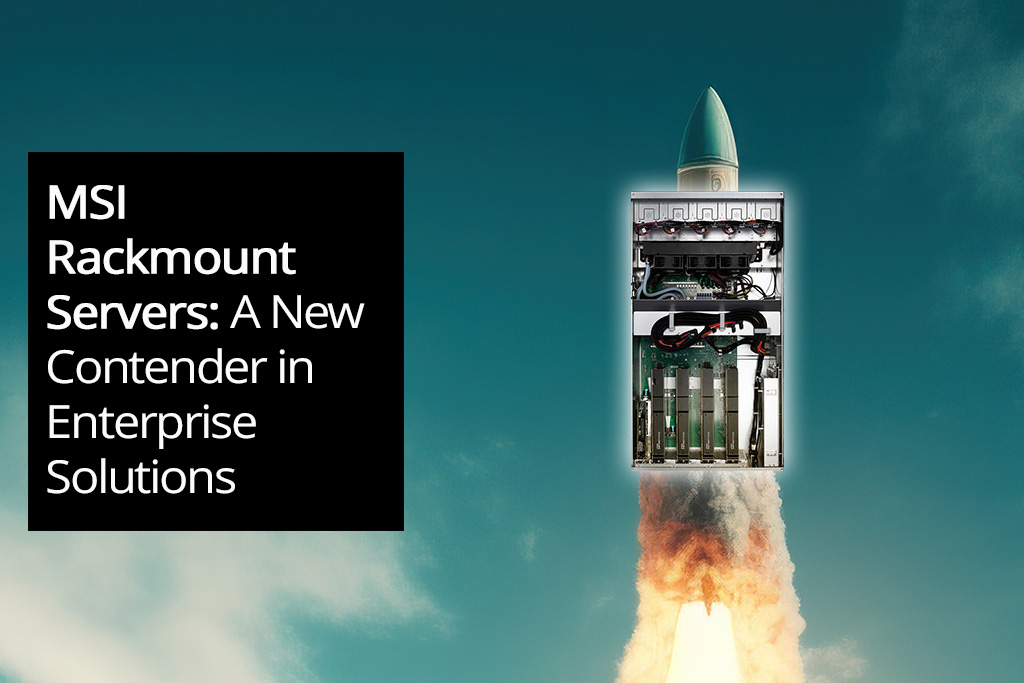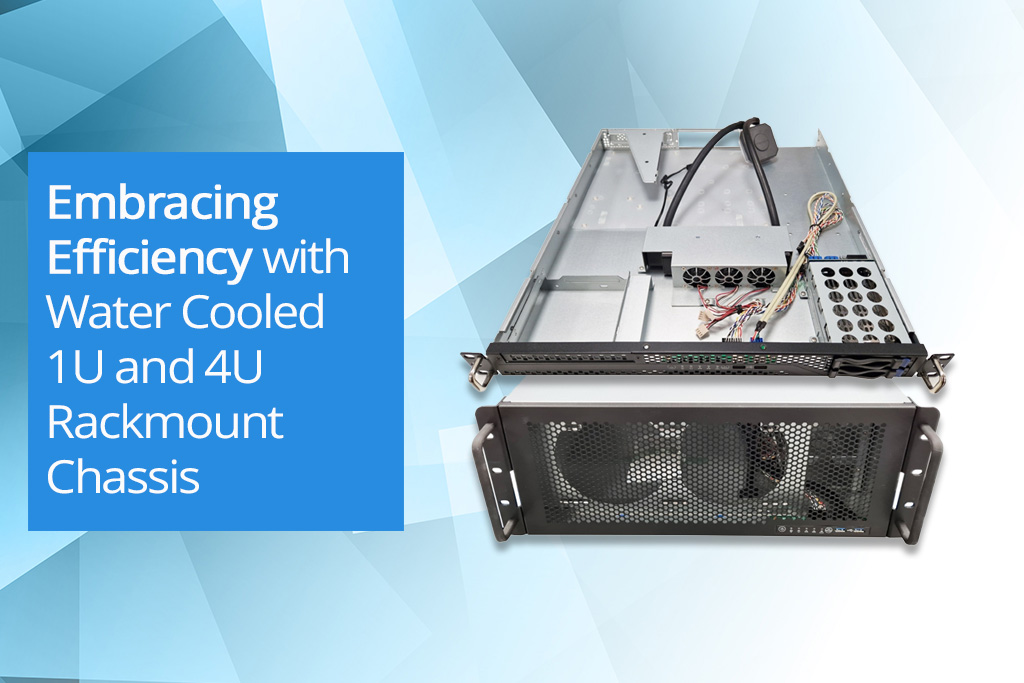Micro servers, up and coming Solution or Cute Holiday gift?
Micro servers seem to be quite the rage in the server world these days. But are they really a serious solution that can be used as ‘’real’’ servers (Define that however you like) or are they just a cool, buzz word like technology that are the Furby of the server world. 
For a long time the underutilization of server capabilities was the talk of the data centre. Servers were using only 15% of their capability on average, yet there were still a number of servers in the data centre, primarily due to needing to keep certain applications or workloads separate from each other.
The result was a data centre with woefully under-utilized servers.
It made the data centre a terribly inefficient desert of wasted power and cooling and, in the end, money, justifying the purchase of a new hardware to keep up with certain requirements was equivalent to going up against a firing squad with a target painted on your shirt. Knowing how to bob and weave was a very serious job skill.
As a result, the server world started heading to virtualisation. Virtualization allows IT to combine applications in their own independent ‘virtual server’ on a single physical server, improving the utilization of the overall server.
Using this approach, the utilization of the server can be improved from maybe 15% to about 80-90%, which in turn allows the number of servers to be reduced. Ideally, this allows costs to be reduced along with power and cooling, while also reducing footprint. Of course, this can also have an impact on other server aspects such as memory capacity, networking and manageability.
When thinking about or architecting servers that are virtualized, you need to know how much memory is being used by the various applications and VMs (Virtual Machines) so you can be sure you have enough memory in the server. This is also true for networking — do you have enough throughput from the server for all of the VMs? Ensuring there's enough local storage capacity and storage throughput is also important to consider for applications.
Taking all of these aspects into account can sometimes result in a rather beefy server with lots of memory, lots of network throughput and a great deal of local storage and storage performance. The result is a single very large server where you have put all your eggs, requiring you to minimize as many single points of failure as possible.
One of the beauties of virtualization, though, is that you can move VMs to different servers as needed. To achieve this, rather than putting all your eggs into one basket, you will need a second server for migrating or restarting VMs as needed (or spinning up new VMs as the load grows).
Even though most data centres naturally have more than one server, you still have to develop a migration/fail-over plan for your VMs. Plus you need to make sure there are no requirements that restrict VMs and possibly data from existing on the same server. All of this results in more cost, more power and cooling, etc., possibly diluting the savings that virtualization has gained for you.
In the end, you might start to question whether virtualization has saved us anything at all. I think the answer is yes and there are case studies out there to show this is the case. But is it the only possible solution for reducing cost, power and footprint? Perhaps there are other solutions that should be considered.






Facebook
YouTube
LinkedIn
Instagram
Call us today on 01283 576162 to talk directly to one of our server specialists
Who we are
Europe's specialist value added distributor of server chassis, server components and server systems.
Server Case is a specialist server chassis distributor based here in the United Kingdom, with an extensive range of 19” rackmount cases built to suit a variety of environments; including remote industrial servers and everything in between. Furthermore, our distribution partnerships have allowed us to develop and deliver Server Barebones and fully configured systems to the vast IT Channel and Enterprise customers.
Latest Blog
MSI Rackmount Servers: A New Contender in Enterprise Solutions
Posted on: 2nd Aug 2024
The landscape of enterprise computing continues to evolve, with companies like MSI, ASUS, and Supermicro offering robust server solutions tailored to various needs. Among the latest contenders in this space are MSI's new rackmount servers, part of their MSI Enterprise Platform Solutions. These servers are designed to meet the demanding requirements of modern enterprises, providing an appealing alt... [...] Read more
Latest Video
View more of our reviews, unboxing and installation videos on YouTube.
Business Links
Site Information